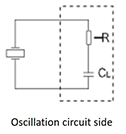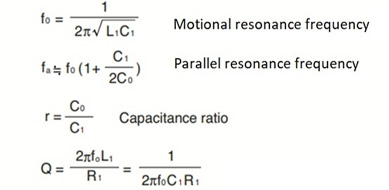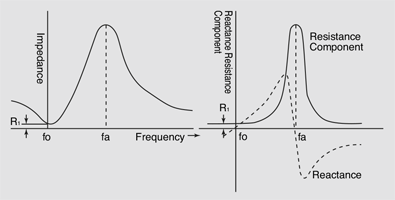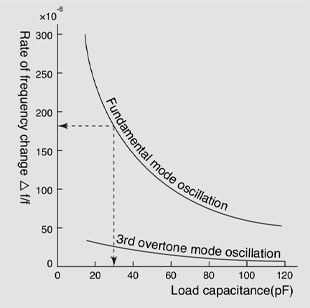- mail_outlineContact
-
Site Search
Please enter a keyword
Site Search
Please enter a keyword
Products
Products
- Crystal Unit
- Crystal Oscillator
- Frequency Synthesizer
- Signal Generator
- Millimeter-Wave Converter
- Synthetic Quartz Crystal
- Optical Component
- QCM Sensor
- Outgas Analysis System
- Ultrasound Probe (Transducer)
- SAW Devices (Manufactured by NDK SAW devices Co., Ltd.)
-
Space
-
Infrastructure / Industrial Equipment
-
Automotive
-
Mobile
-
AV / OA, Medical, Healthcare, Household Appliance
-
Search from Connectivity Standards
Product Search
Investor Relations
Sustainability
-
NDK Group Sustainability
-
Environment
- Top Page of Environments
-
Environmental Philosophy and Policies
- Environmental Philosophy and Policies Top
- Environmental Philosophy and Policies of NDK
- Environmental Philosophy and Policies of Furukawa NDK Co., Ltd.
- Environmental Philosophy and Policies of Hakodate NDK Co., Ltd.
- Environmental Philosophy and Policies of ASIAN NDK CRYSTAL SDN. BHD.
- Environmental Philosophy and Policies of NDK QUARTZ (M) SDN. BHD.
- Environmental Philosophy and Policies of Suzhou NDK Co., Ltd.
- History of Enviromental Conservation
- Enviromental Management System
- Enviromental Performances
- Green Crystal Technology™ —NDK Environment Support—
- Promoting Green Procurement
- Aproaches to Substance of Concern
- Measurement Data (Sayama Plant)
- Suzhou NDK Co., Ltd. Environmental initiatives
- Environmental Report
-
Society
-
Governance
- ESG Data
Outgas Analysis System
Ultrasound Probe (Transducer)
Synthetic Quartz Crystal
Optical Component
QCM Sensor
-
NAPiCOS Series
-
Product Overview
-
Application Examples
- Measurement of label free immune response of the acute phase protein CRP
- Immuno-measurement of low-concentration insulin (100pg/mL ~ 20ng/mL)
- Evaluation of Peptide's property of binding to PMMA stereo- complex membrane
- Calculation of the dissociation constant of glycoprotein
- Measurement of allergen contained in food extract
- Double-strand DNA formation & Protein binding
- Binding transcription factor to DNA
- Quantification sensor for concentration of antibody drugs
- Measurement of low-molecular substance
- Quantitative Evaluation of Beer Body
Summary
Equivalent Circuit and Electrical Characteristics
| The electric equivalent circuits of a crystal unit is generally represented as shown in Fig.7, and the four equivalent constants are labeled as follows: L1: Equivalent series inductance C1 : Equivalent series capacitance R1: Equivalent series resistance C0: Shunt capacitance |
 Fig. 7 Electric Equivalent Circuit of a Crystal Unit |
| The main characteristics of a crystal unit is derived by using these equivalent constants. As an example, Fig. 8 shows the frequency characteristic of impedance. Typical frequencies and performances of crystal units are shown below.
|
|
| The general crystal oscillation circuit is capacitive, and can be treated as series circuits with a negative resistance (-R) and load capacitance (CL) as shown in Fig. 9 |  Fig. 9 Relationship between a Crystal Unit and the Oscillation Circuit |
| When the load capacitance values are CL and series , fL and fS, respectively, the following relationship is established.
Fig. 10 shows an example. An overtone crystal with a smaller C1 value than a fundamental wave has a smaller frequency change rate with respect to CL than a fundamental wave. The C1 value of small-size crystal units is smaller than that of large-size crystal units with the same frequency. For this reason, frequency change rate to the load capacitance is smaller for a small-sized crystal units. When the load capacitance (CL) is connected to the crystal unit in series as shown in Fig. 9, the equivalent resistance increases according to the following formula.
|
|





